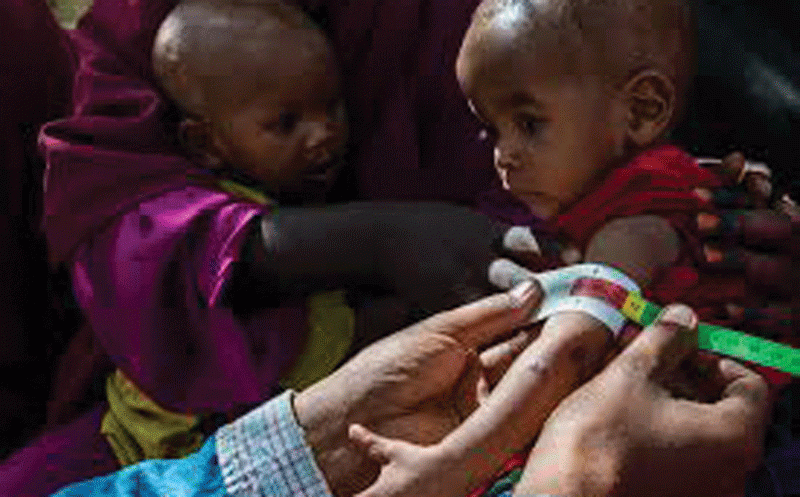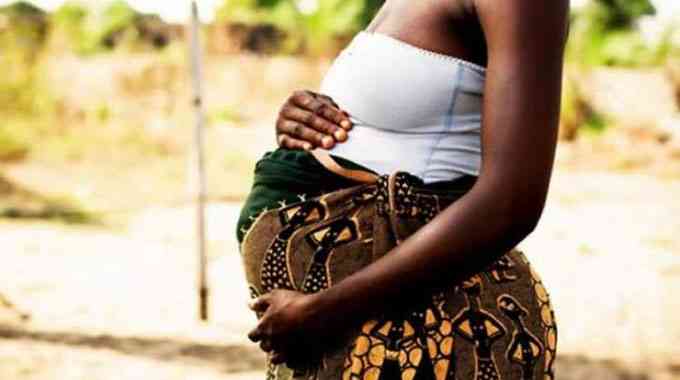
ZIMBABWE has recorded an increase in cases of child wasting with statistics showing that it rose to 4,9% from 4% between 2023 and 2024, indicating a deteriorating nutrition situation, the latest Zimbabwe Livelihoods Assessment Committee (ZimLAC) rural report has revealed.
The report indicated that Mashonaland West province was leading in child wasting cases at 7,3%, while Matabeleland North and Manicaland provinces recorded 5,7% and 5,6% respectively.
This comes amid indications that since January, more than 2 million children aged six to 59 months were screened for wasting and 7 004 children were treated.
In July, the United Nations Children’s Fund (Unicef) indicated that by May 31 this year, 983 560 children aged six to 59 months were screened for wasting and 4 721 found to be malnourished were treated.
In its report, ZimLAC said child wasting carries a high risk of death if not managed.
“The nutrition sector must remain alert and actively monitor the caseload of severe wasting especially towards the lean season between September 2024 and March 2025.
“It is recommended to set up sentinel site surveillance mechanisms in provinces with high Global Acute Malnutrition rates to define and monitor early warning indicators and trigger levels that will facilitate implementation of anticipatory actions and an appropriate timely response in the event of a continued deterioration of the nutritional status in children under-five,” read the report.
It reiterated that children are more vulnerable to wasting when household food security deteriorates due to their high nutrient requirements to support growth and development.
- Paltry 9% of 2,7m hungry citizens receive food
- Zim records jump in school dropouts
- Masvingo tops child food poverty at 58%
- Matabeleland South hard hit by livestock deaths
Keep Reading
“It is recommended to include nutrient-dense and protein-rich food for children six months to two years of age in the government lean season,” the report further read.
“Treasury ought to avail resources to secure and maintain the pipeline of essential nutrition commodities required to prevent child mortality and treat the rising proportion of children with life-threatening wasting.”
The country is currently facing a complex humanitarian crisis, driven by the climate-related El Niño-induced drought, economic instability and public health emergencies, including cholera and polio outbreaks amid an indication that this is one of the worst droughts in 40 years.










